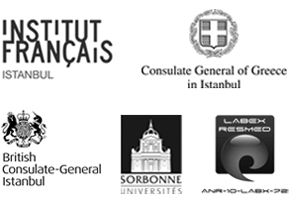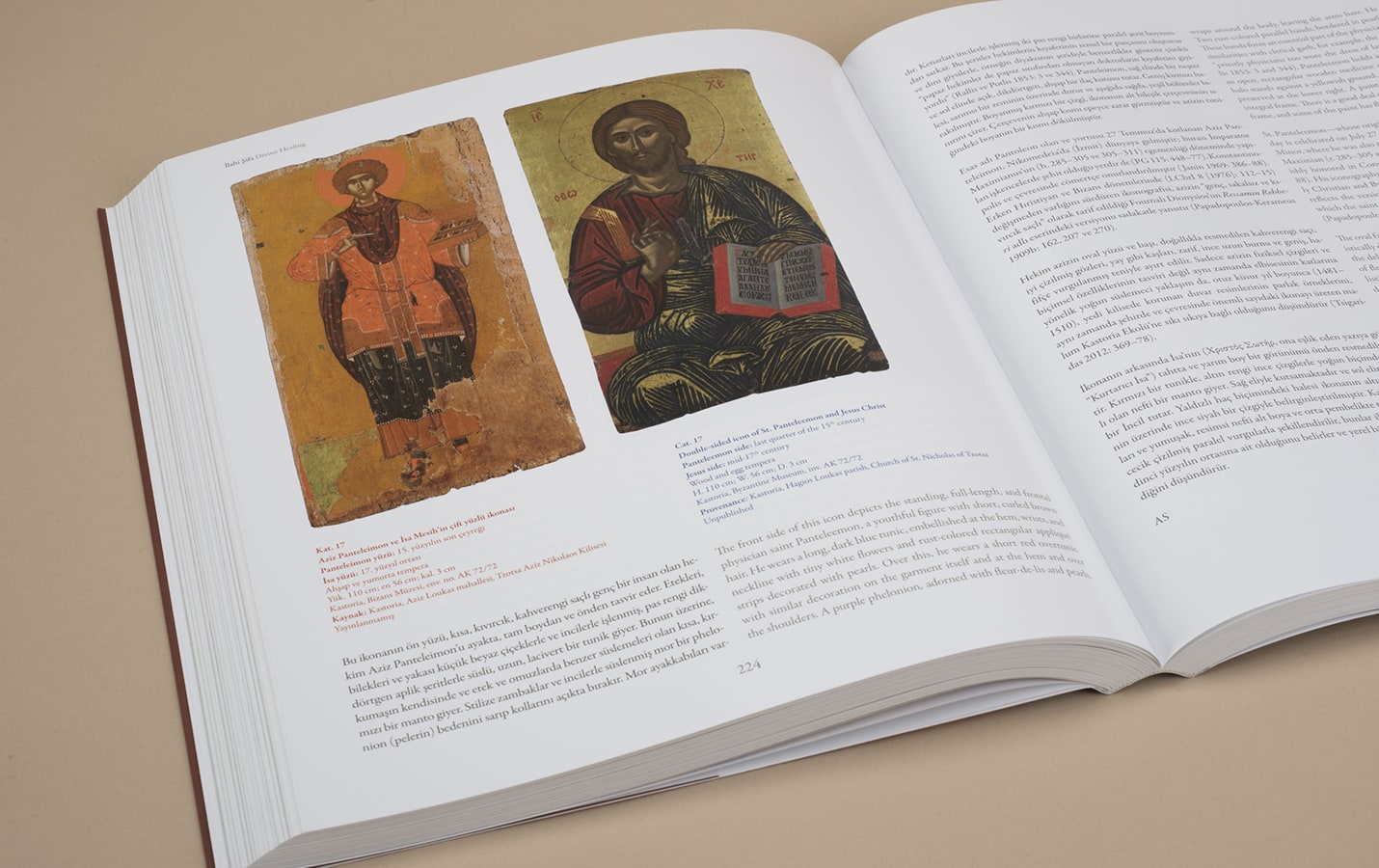February 11 - April 26, 2015
This exhibition took its name from the famous aphorism by Hippocrates and examines the art and practice of healing in Byzantium from Roman times to the late Byzantine period.
Curated by Dr. Brigitte Pitarakis, Life Is Short, Art Long examined faith, magic, and rational medicine as methods of healing. It traced the “art of healing” from the foundations laid by Apollo and Asklepios, healers of antiquity, and Hippocrates and Dioscorides, the founders of rational medicine and also examined the roles of the physician saints. Among the other topics covered and objects on display were icons, reliquaries, and amulets, marble carvings, medical equipment, plants and herbs, medical and botanical manuscripts, and the centers of healing and miracle in Istanbul.
The exhibition revealed that the belief that illnesses were primarily caused by demons co-existed alongside a rational understanding of health and medicine based on the teachings of Hippocrates. The “art of healing” was practiced by physicians, saints, and magicians and involved practices ranging from surgery to daily cleansing of the body and the spirit to exorcism and the veneration of saints.
The works offering insight into Istanbul’s Byzantine past had been loaned from the Istanbul Archaeological Museums, the Greek Orthodox Patriarchate of Constantinople, the library of the Holy Trinity Monastery of Halki (Heybeliada), the Foundation of the Yeniköy Greek Orthodox Church of Panayia and School, the Rezan Has Museum, the Bibliothèque nationale de France, the Bodleian Libraries of the University of Oxford, Oxford University Herbaria, the Benaki Museum in Athens, the Kastoria Byzantine Museum, and private collections.
in collaboration

contribution by
Exhibition Catalogue

The famous aphorism of Hippocrates—“life is short, art long”— stands at the heart of this exhibition, which examines the art and practice of healing in Byzantium from Roman times to the late Byzantine period.
Video
Tuesday - Saturday 10:00 - 19:00
Friday 10:00 - 22:00
Sunday 12:00 - 18:00
The museum is closed on Mondays.
On Wednesdays, the students can
visit the museum free of admission.
Full ticket: 300 TL
Discounted: 150 TL
Groups: 200 TL (minimum 10 people)